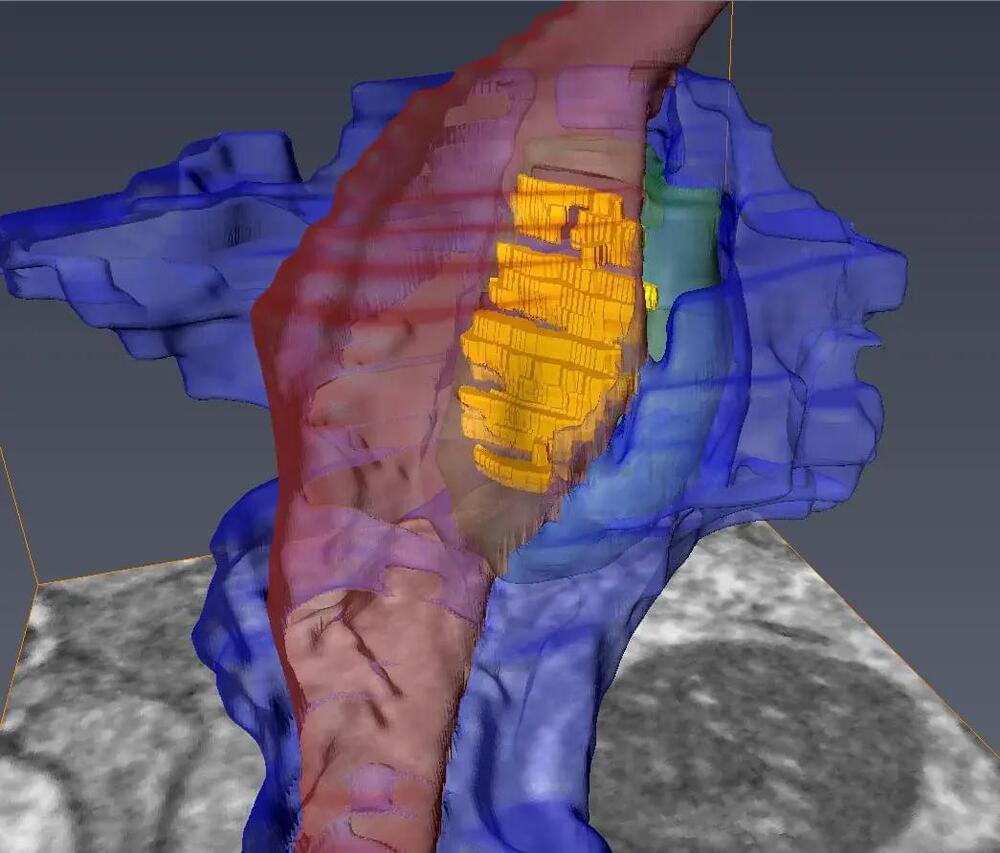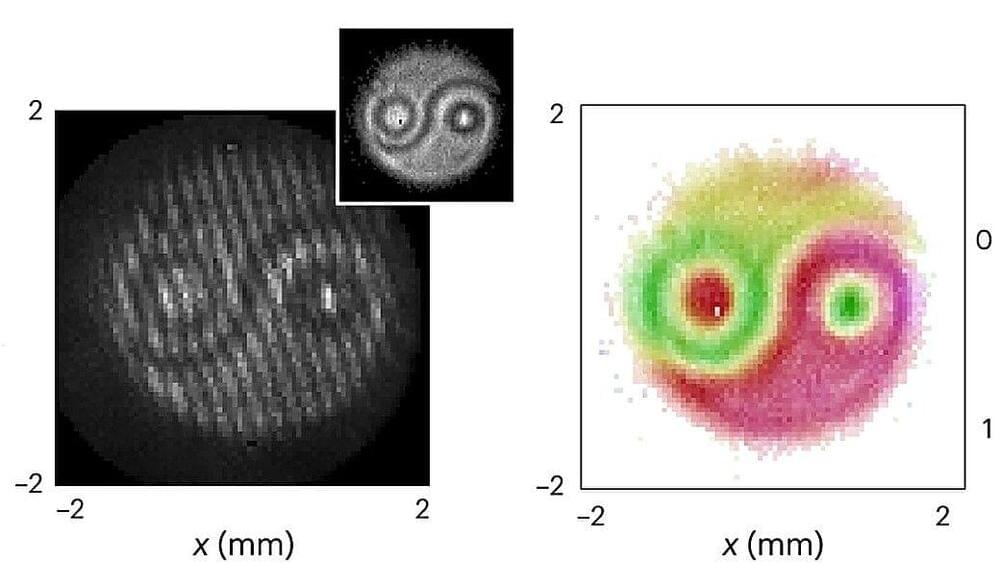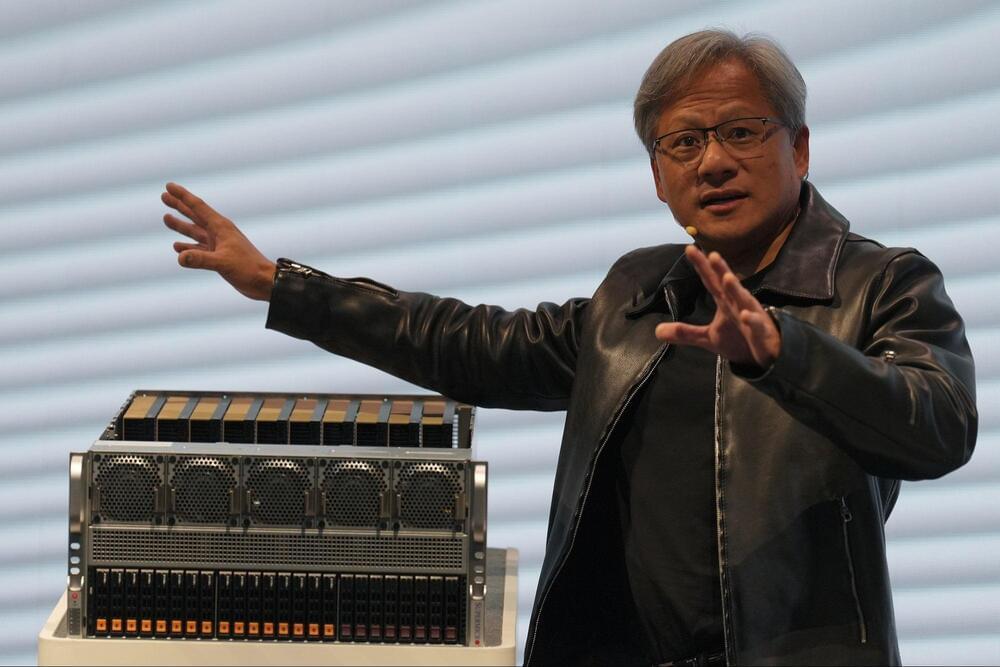Scientists have created one of the most detailed 3D images of the synapse.
A synapse is a specialized junction between nerve cells that allows for the transfer of electrical or chemical signals, through the release of neurotransmitters by the presynaptic neuron and the binding of receptors on the postsynaptic neuron. It plays a key role in communication between neurons and in various physiological processes including perception, movement, and memory.








